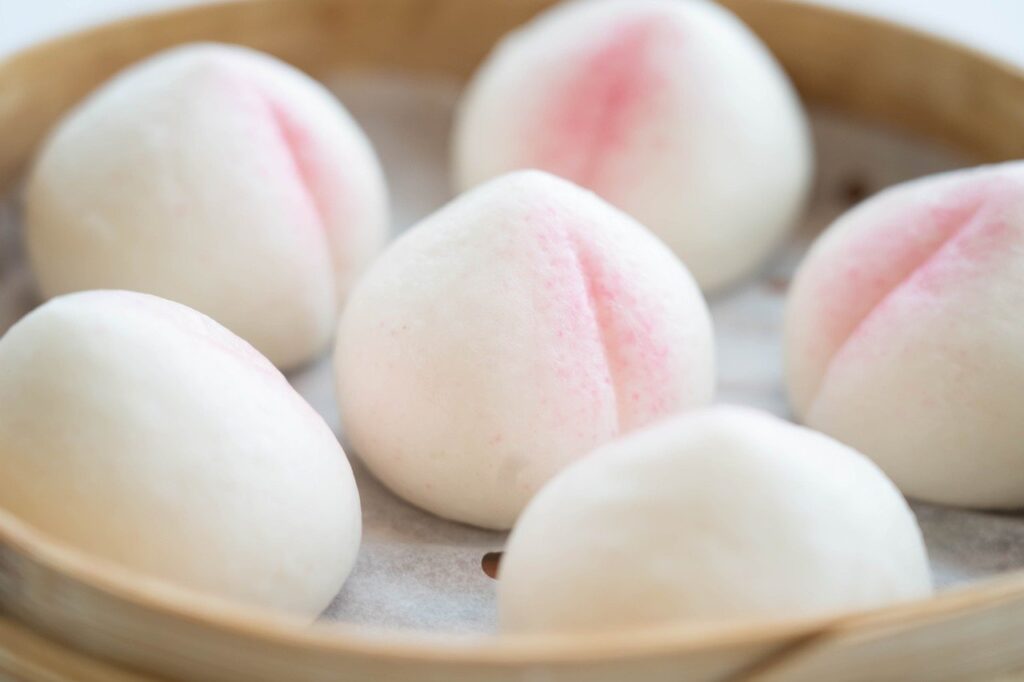What Is Neomanclotise Buildup?
Even though “neomanclotise” might sound like a scientific term, think of it as any gunk that tiles collect over time—grime from soaps, minerals from water, detergent films, and more. It sticks, spreads, and dulls surfaces. Worse, if not addressed, it can wear down the tile finish and breed bacteria in bathrooms and kitchens.
That’s where a DIY approach comes in handy. Making your own tile remover keeps your ingredients clean and safe. Plus, it saves money and gives you control over what you’re putting on surfaces your family touches daily.
Why Go Homemade?
Offtheshelf tile cleaners often contain harsh solvents. They work—but they also come with risks. Scratched tiles. Damaged grout. Strong odors. If you’re sensitive to chemicals or just want control over your cleaning routine, this guide’s for you.
Here are a few reasons to make your own: Costeffective (most ingredients are already in your pantry) Less harsh on surfaces and skin Customizable (adjust strength based on the mess) Ecofriendlier (fewer plastic containers and chemical runoff)
Let’s get into the good stuff.
Ingredients You’ll Need
These ingredients are basic but powerful when combined the right way. You’ve probably got most of them already.
White vinegar: Cuts through mineral deposits and soap scum Baking soda: Mild abrasive that scrubs without scratching Lemon juice or citric acid: Natural degreaser and deodorizer Warm water: Helps dissolve and activate ingredients Essential oil (optional): Tea tree, eucalyptus, or lavender for a pleasant scent and added antimicrobial boost Spray bottle or bowl Old toothbrush or sponge for scrubbing
How To Make Neomanclotise Remover For Tiles
Grab your tools and get ready to mix. Here’s how to make neomanclotise remover for tiles with common household items.
Step 1: Mix the Base Cleaner
In a bowl or spray bottle, mix: 1 cup of white vinegar Juice of 1 lemon or 2 tablespoons of citric acid 10 drops of essential oil (optional)
Stir to combine. This base cleaner works well on ceramic, porcelain, and natural stone—though for marble, test a small area to avoid etching.
Step 2: Sprinkle Baking Soda
Sprinkle a thin layer of baking soda directly on the tile area with buildup. This sets the stage for your fizzing scrub.
Step 3: Spray and React
Spray your vinegarbased solution directly onto the baking soda. The mix will fizz—this reaction helps lift dirt and residue from tile surfaces.
Let the mixture sit for 510 minutes. This gives the ingredients time to break down the gunk. For heavy buildup, leave it for 15 minutes.
Step 4: Scrub Away
Using a sponge or old toothbrush, scrub gently in circular motions. You don’t need elbow grease here—let chemistry do most of the work.
For grout lines and textured tiles, the toothbrush helps get into tight spots. Rinse with warm water once cleaned.
Step 5: Repeat If Necessary
Stubborn spots may need a second pass. Just repeat the steps above, focusing on leftover patches.
Tips For Best Results
Test first: Try the solution on a small, hidden area to ensure no staining or damage occurs. Don’t let it dry: If left too long, vinegar can deposit residue of its own, especially on darker tiles. Use warm water for rinsing—it helps wash away residue more effectively than cold. Dry afterward: Use a microfiber cloth to buff tiles dry and prevent water stains.
When To Clean & How Often
Depending on how often you use the tiled area, a deep clean every two weeks usually keeps things in check. Regular maintenance with a milder soapvinegar mix once or twice a week will help prevent neomanclotise from building up too much.
If you live in a hard water area, you’ll want to clean more frequently since minerals pile up faster.
Alternative Ingredients (In a Pinch)
If you’re missing one of the core ingredients, here are some swaps that still get the job done:
No vinegar? Use hydrogen peroxide—safe and works just as well as a disinfectant. No lemon? Try lime juice or undiluted citric acid powder. No baking soda? Try salt—it’s grittier and works as a gentle scrub.
Always avoid any mix involving bleach and vinegar. It creates toxic fumes—not something you want in your bathroom.
Final Thoughts
Learning how to make neomanclotise remover for tiles puts you in control of your space and your health. No industrial cleaners. No unreadable ingredient lists. Just simple chemistry and a bit of patience. It’s a reliable, lowcost solution that fits into any cleaning routine and respects your materials.
Once you give this method a try, you’ll realize your tiles don’t need expensive fixes—just the right formula. So the next time someone asks you how to make neomanclotise remover for tiles, you’ve got the answer—and the shine to prove it.
